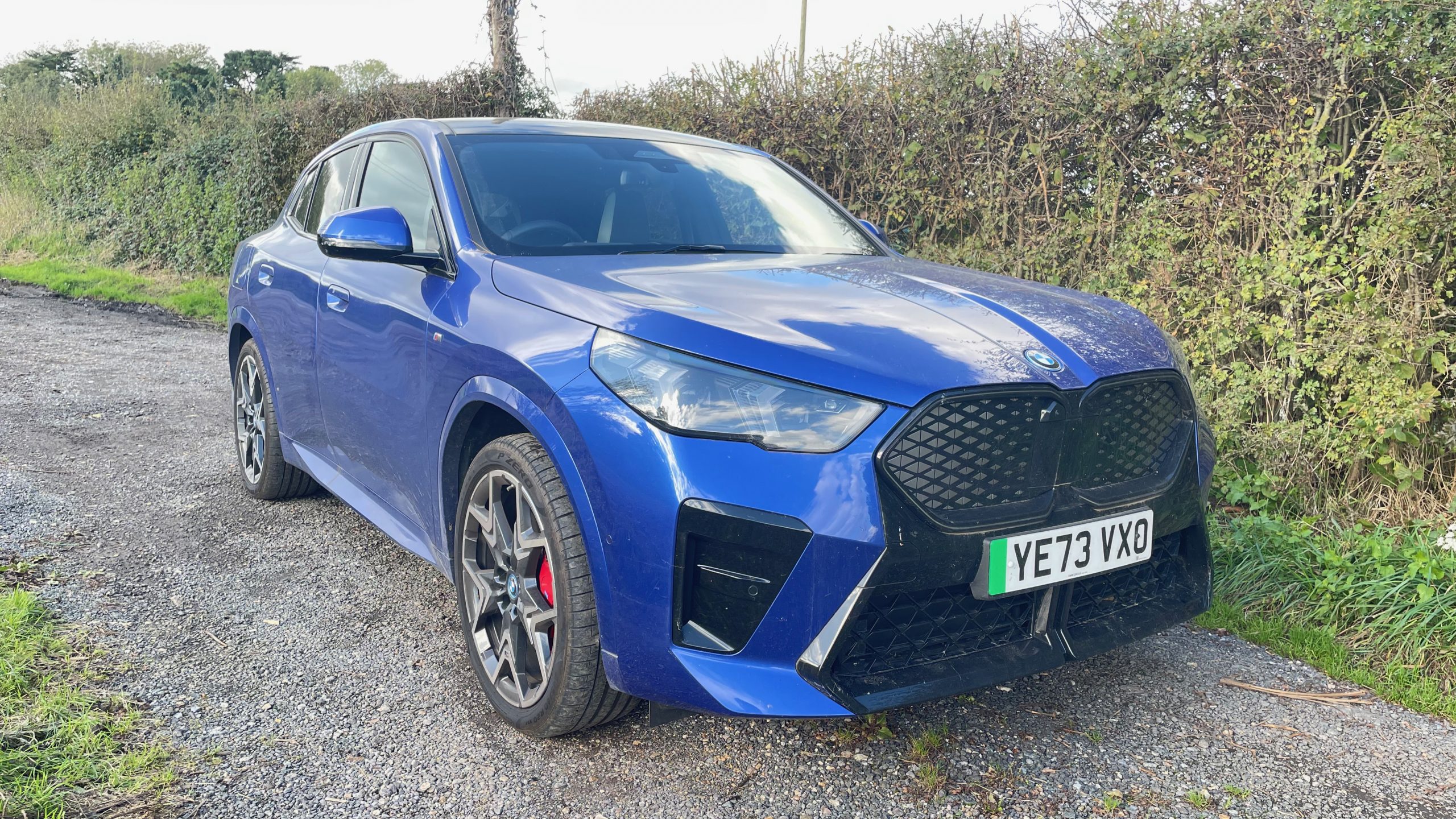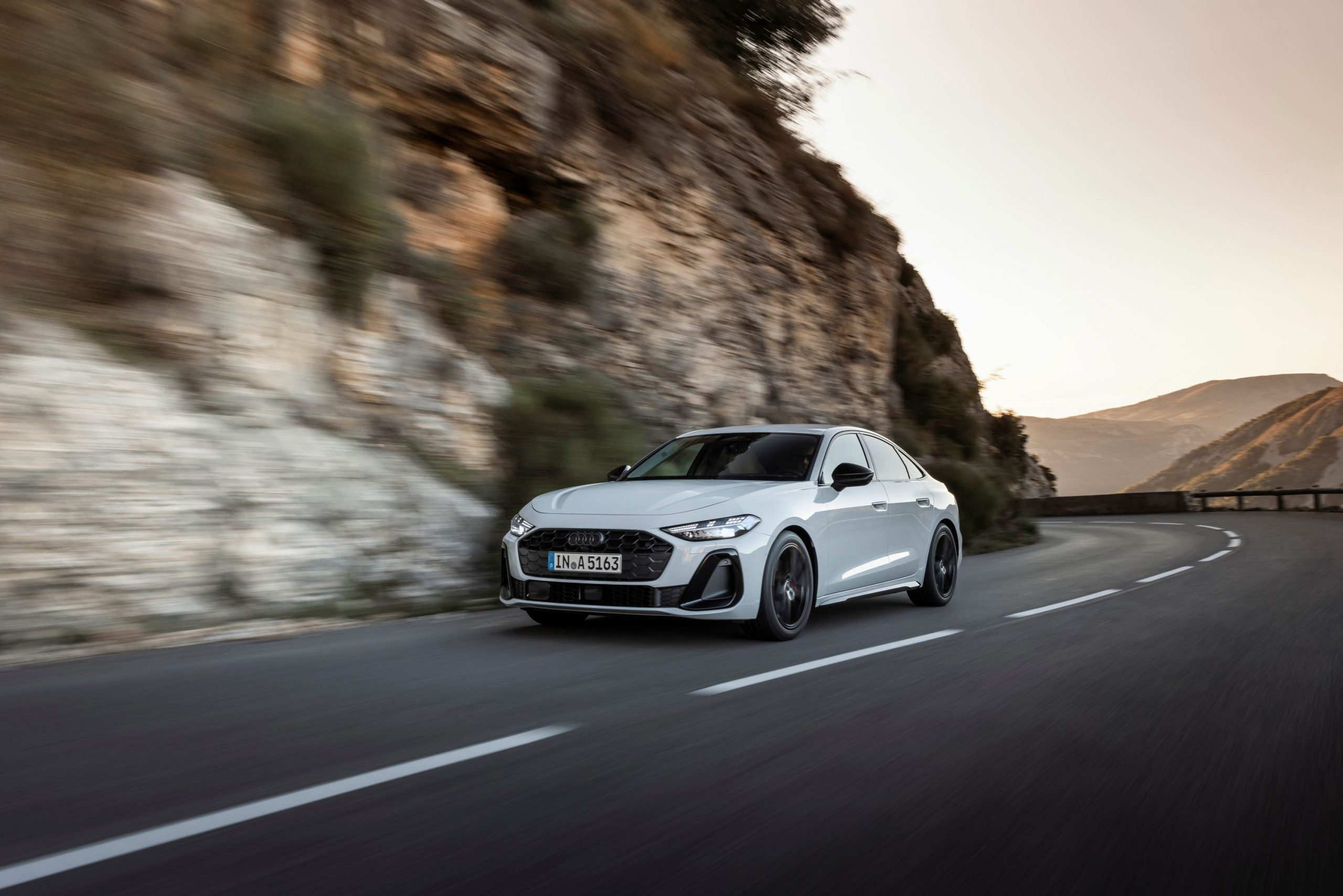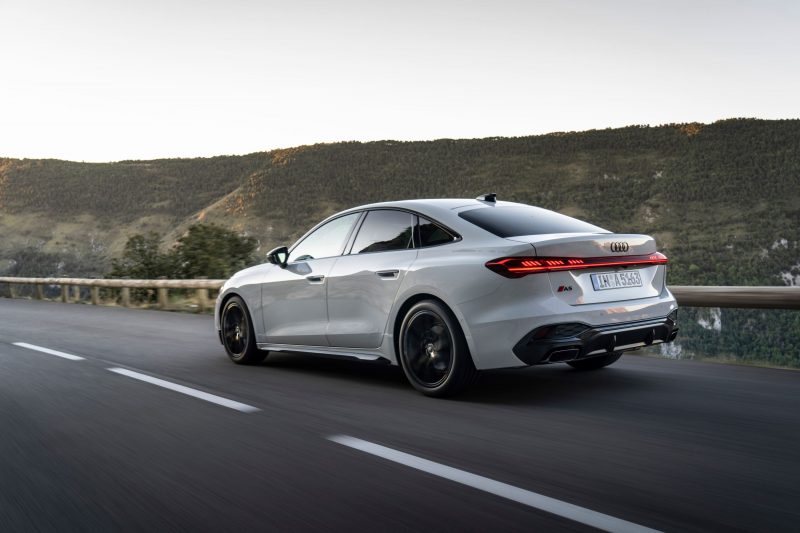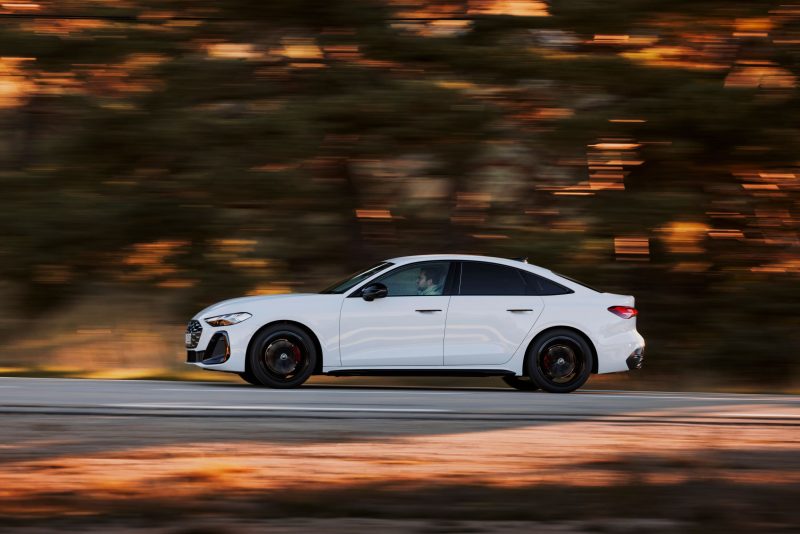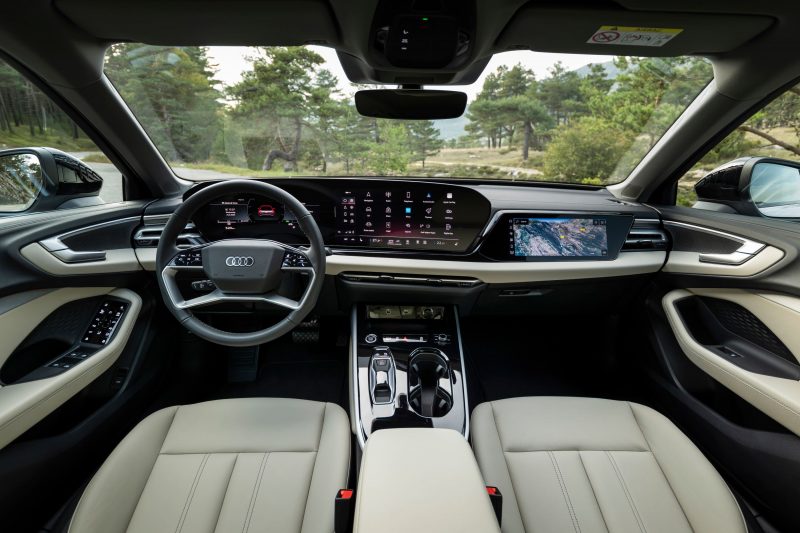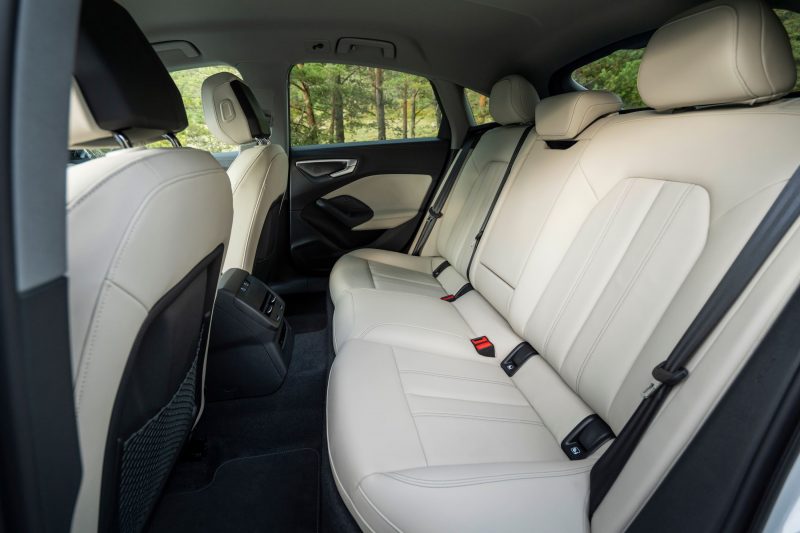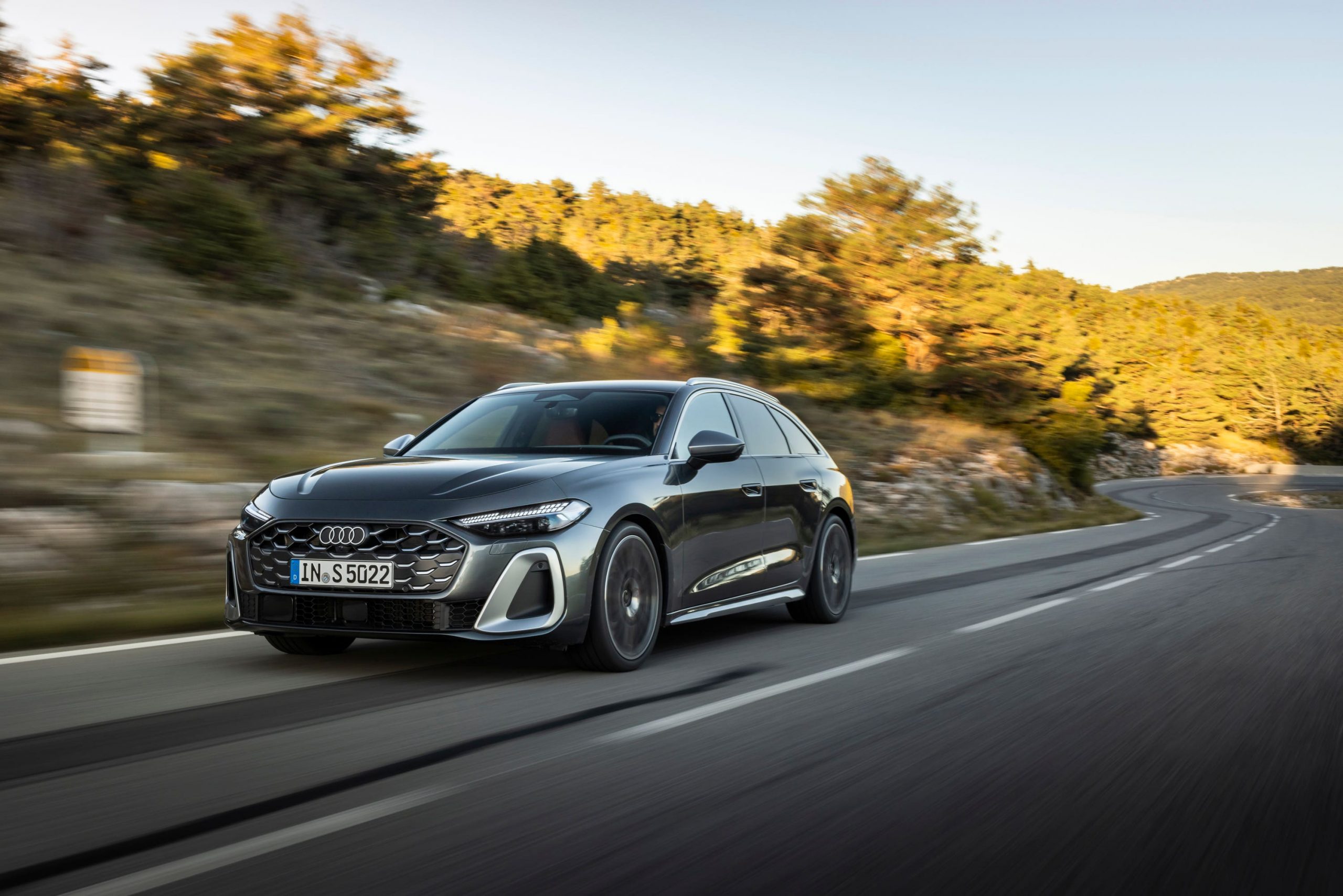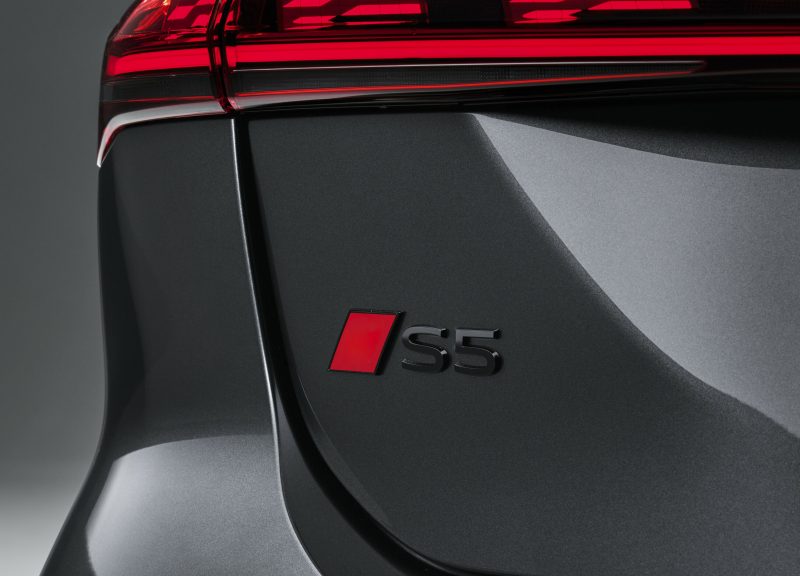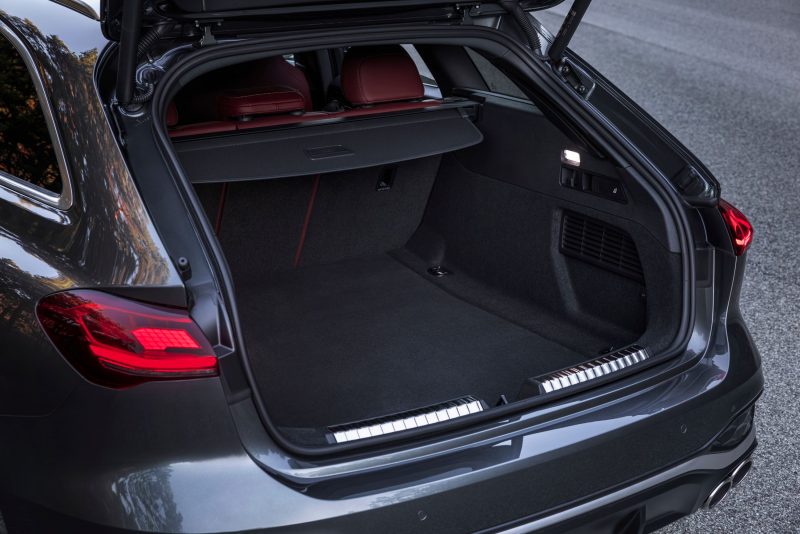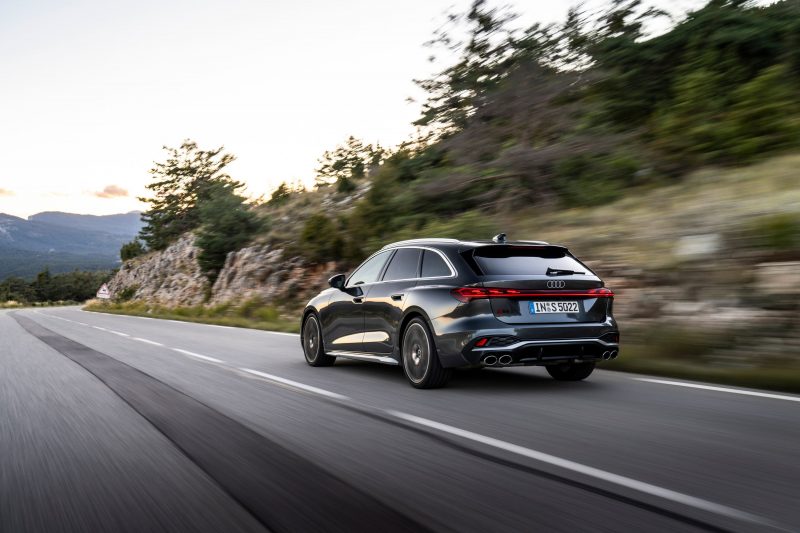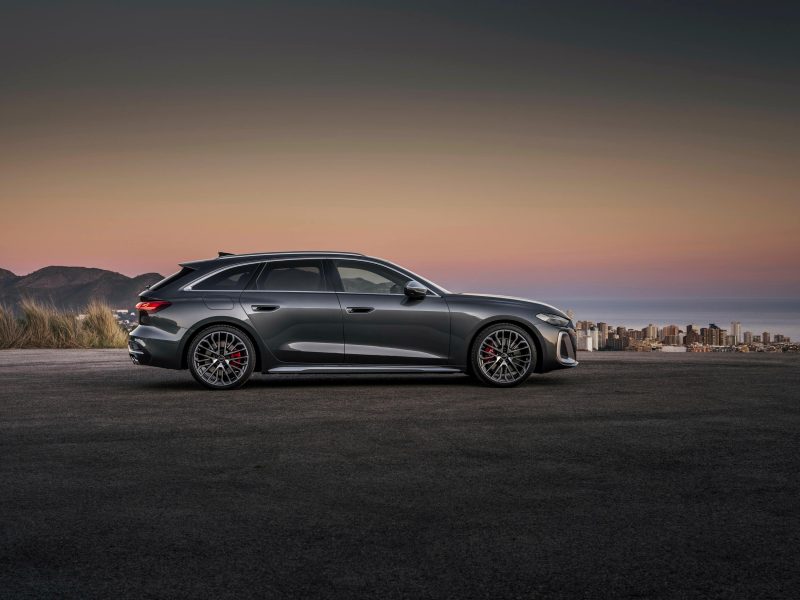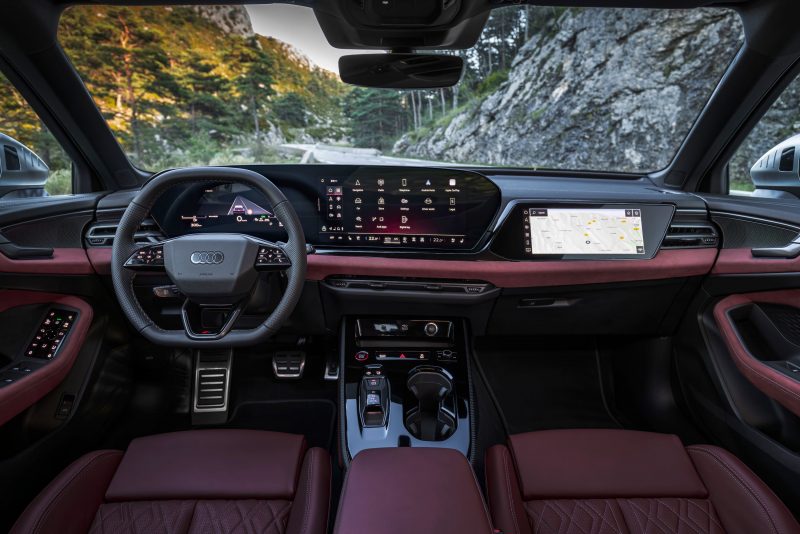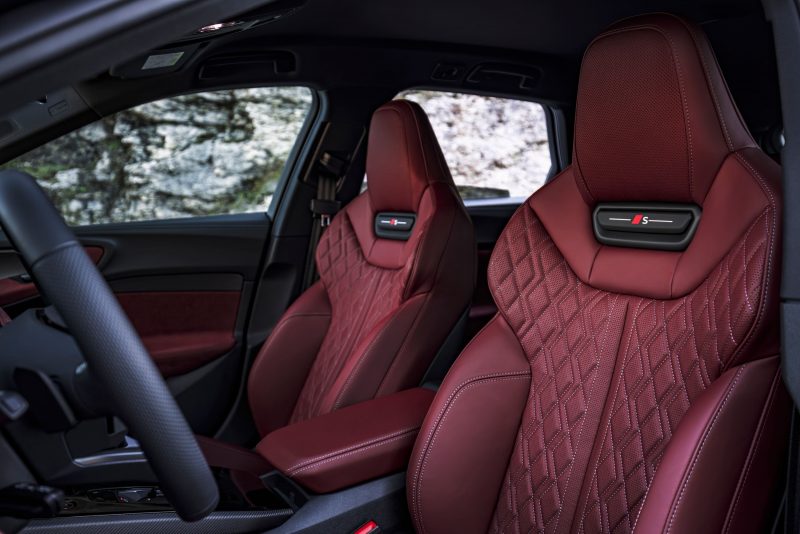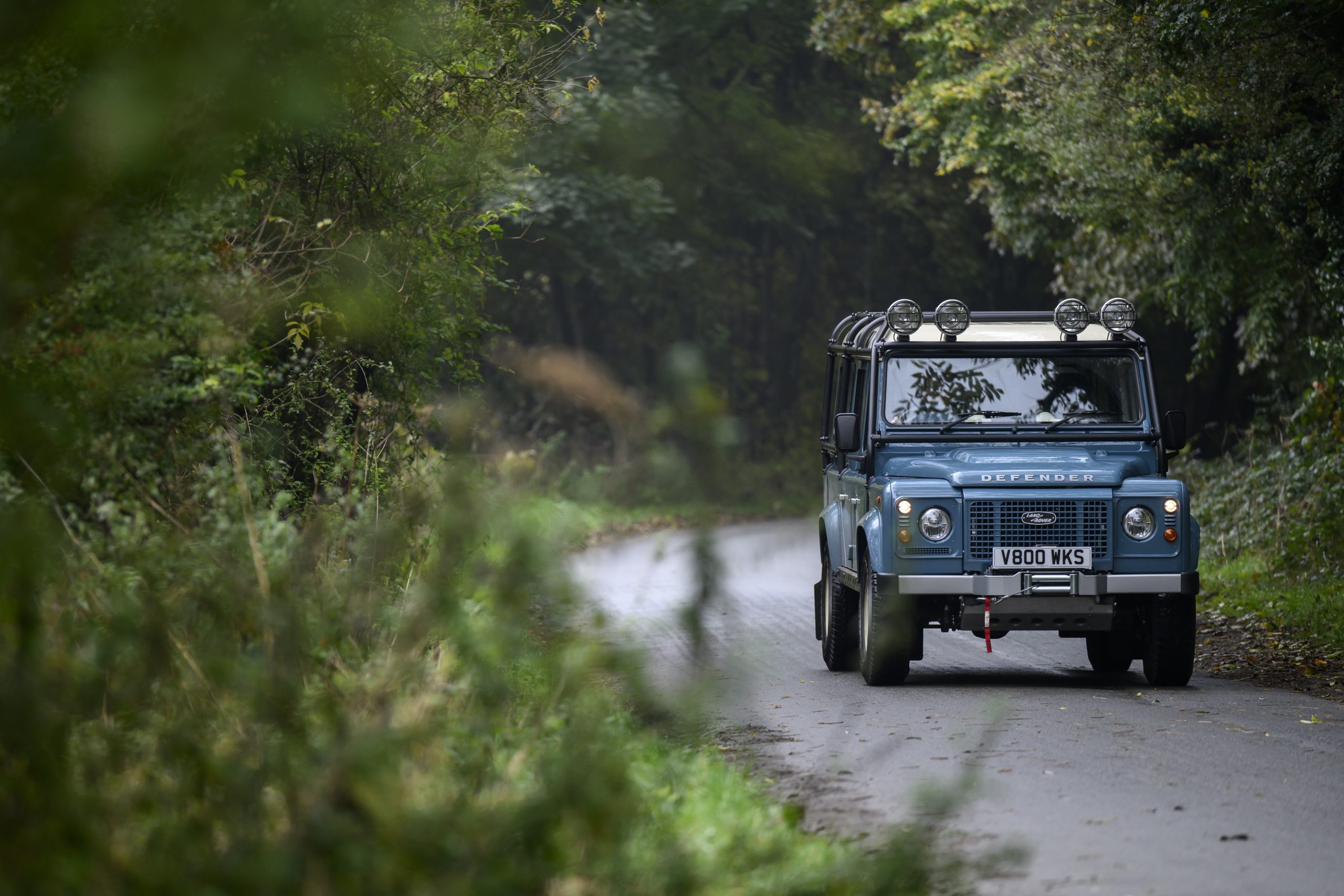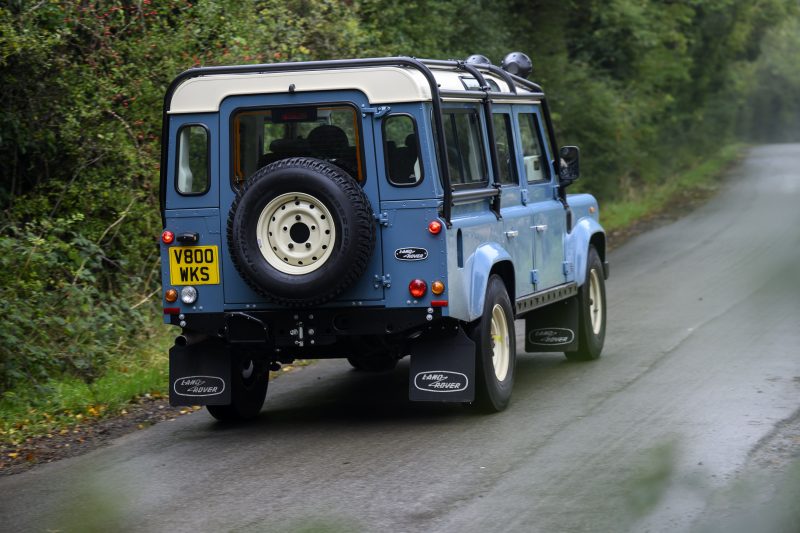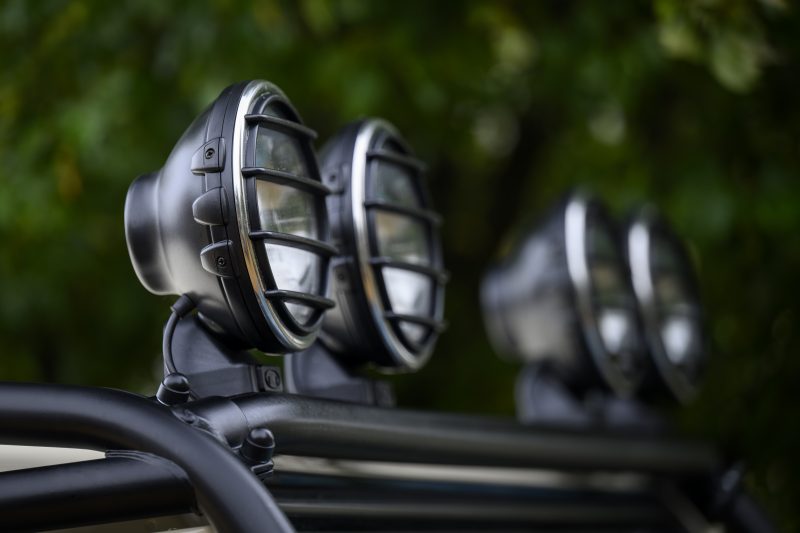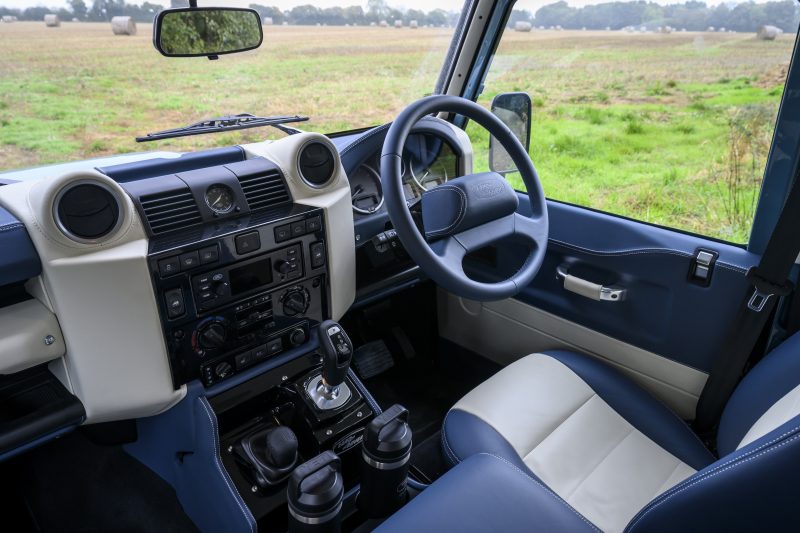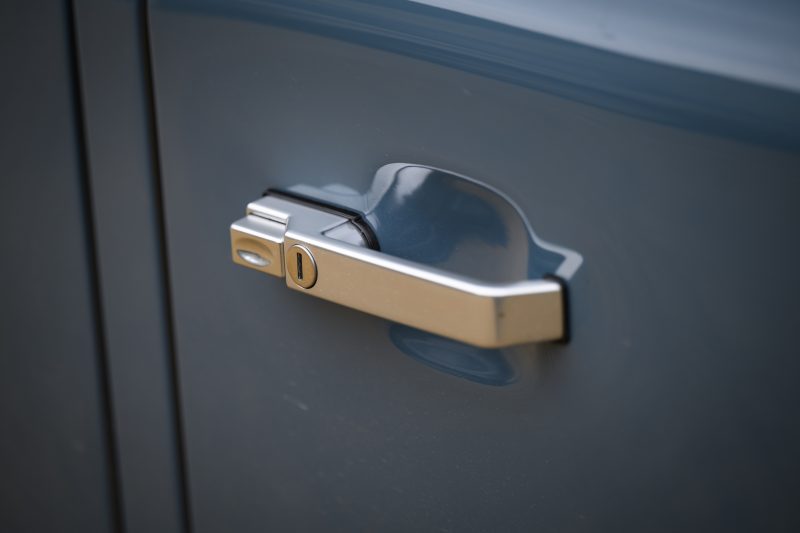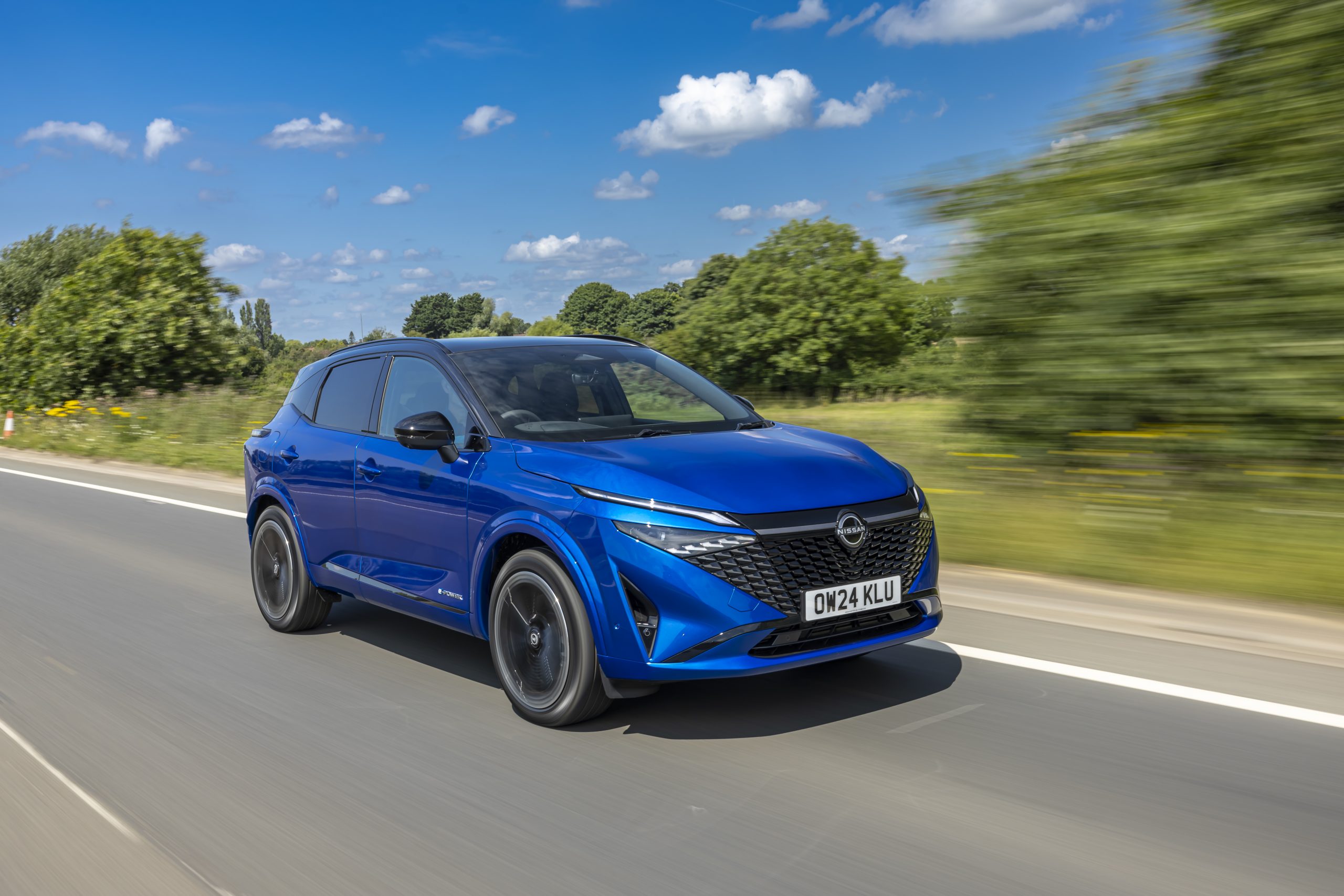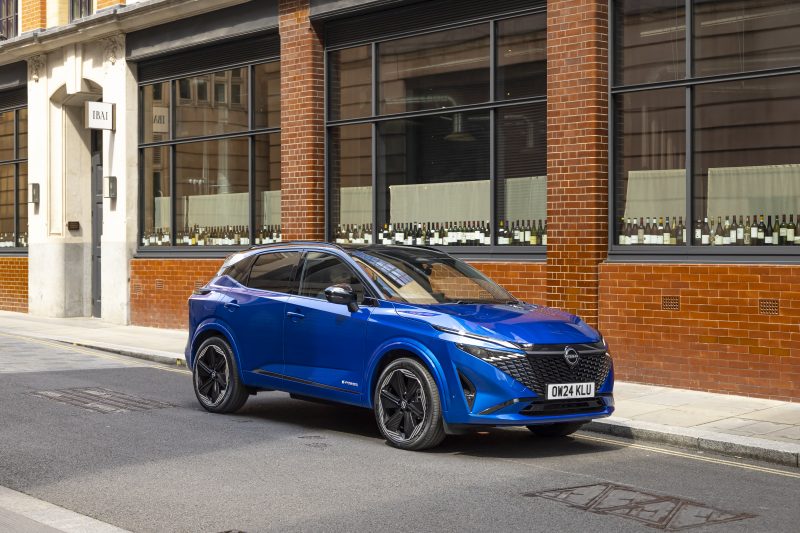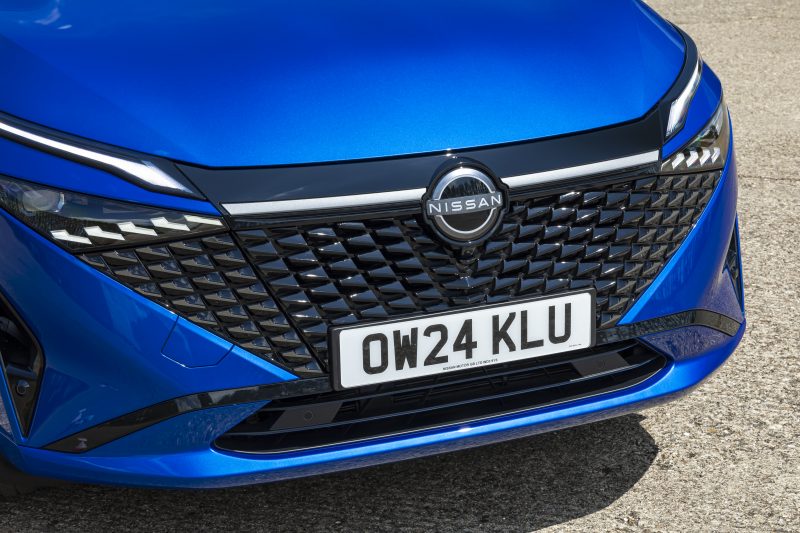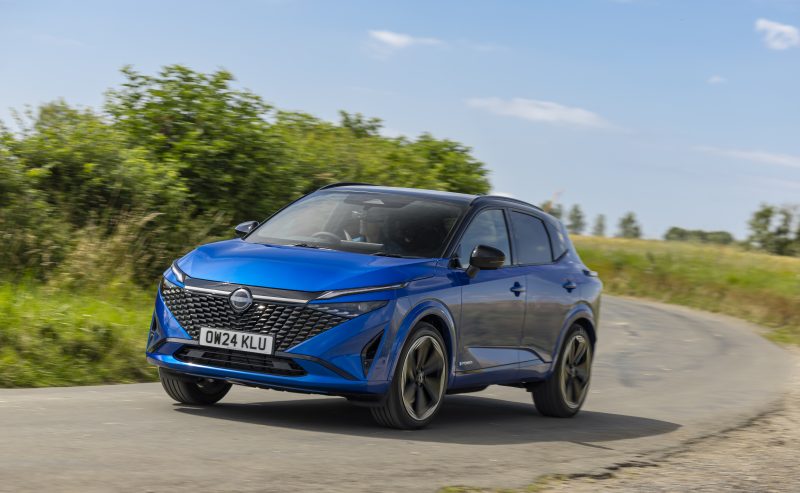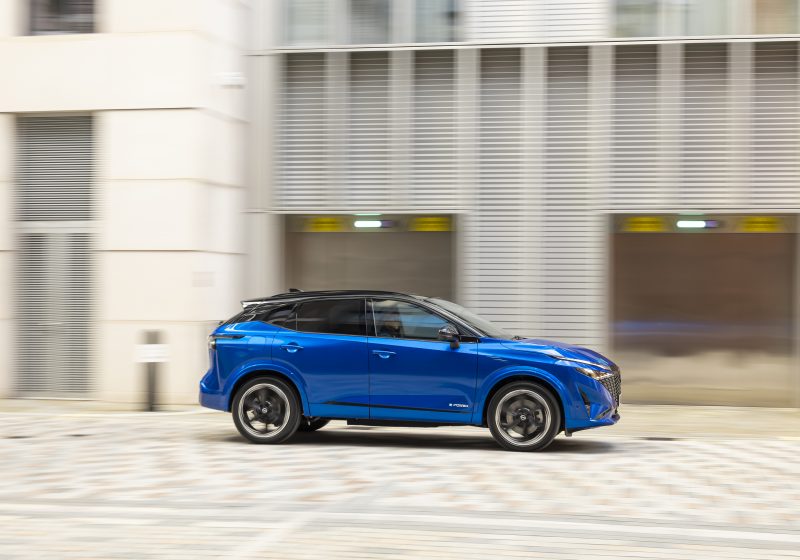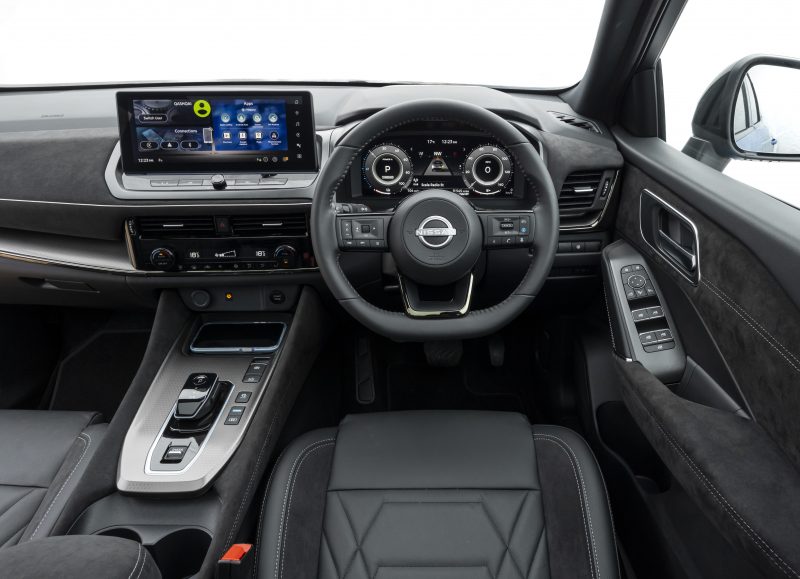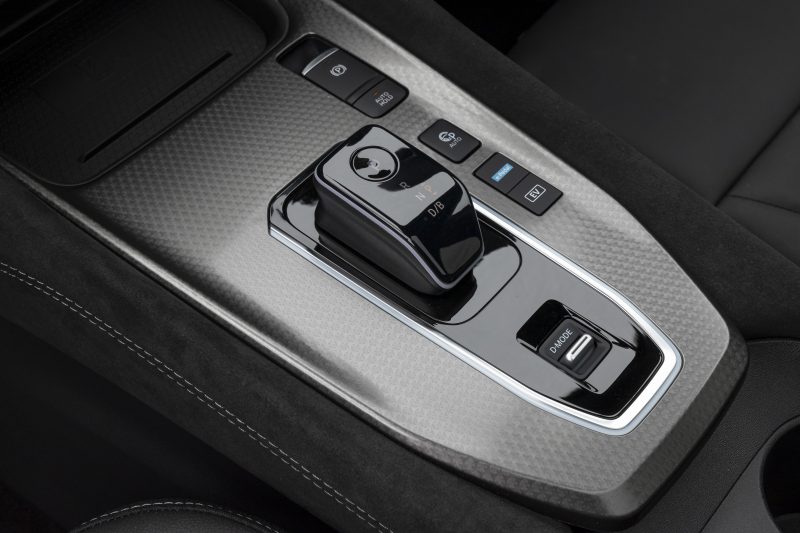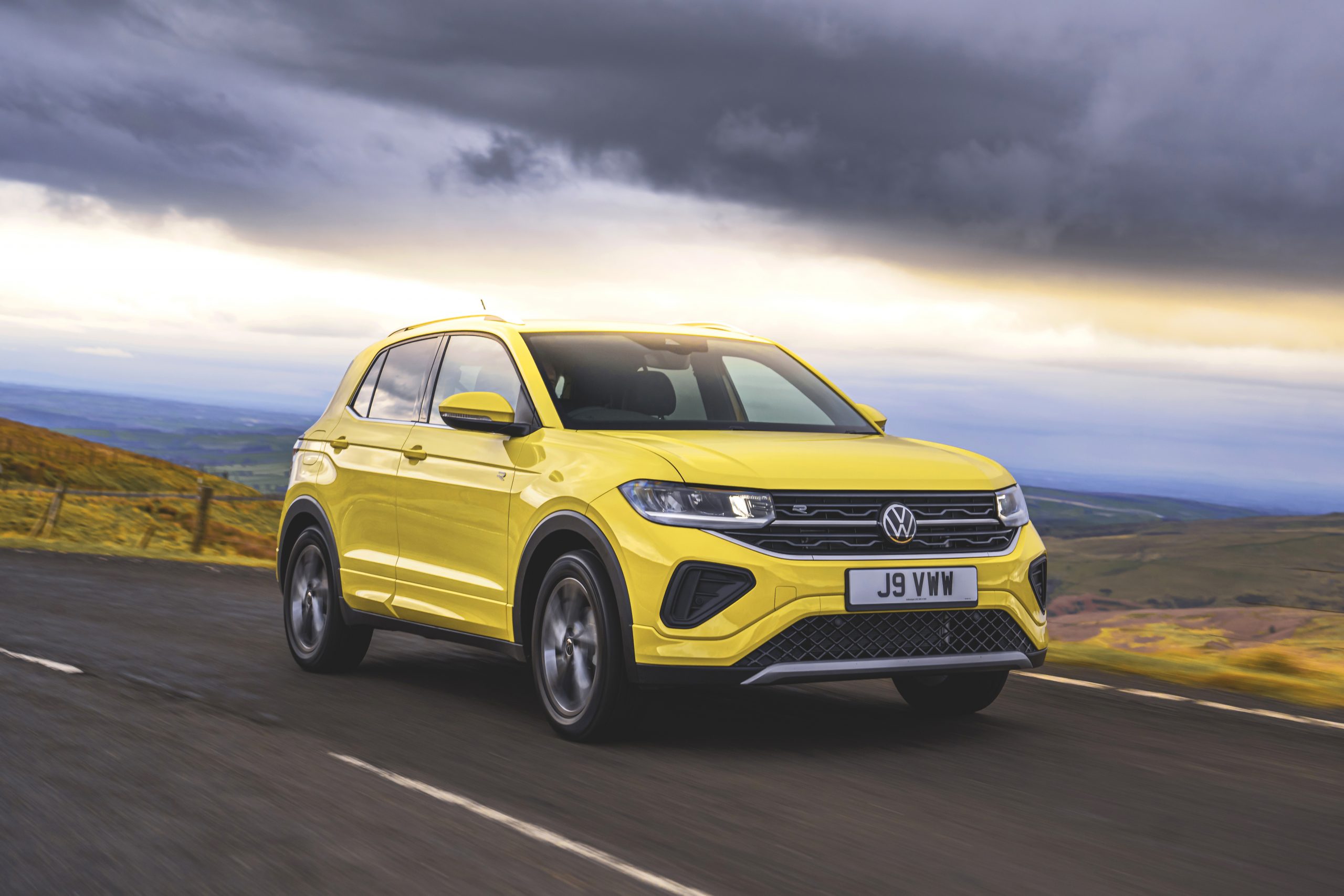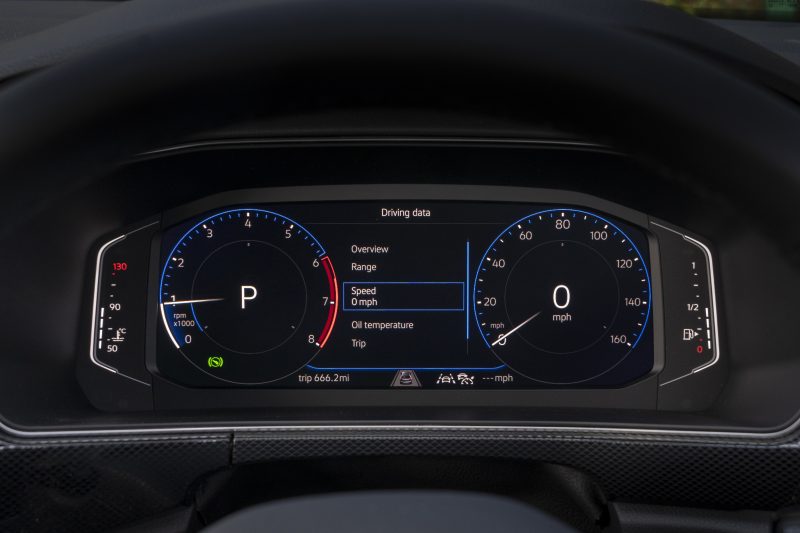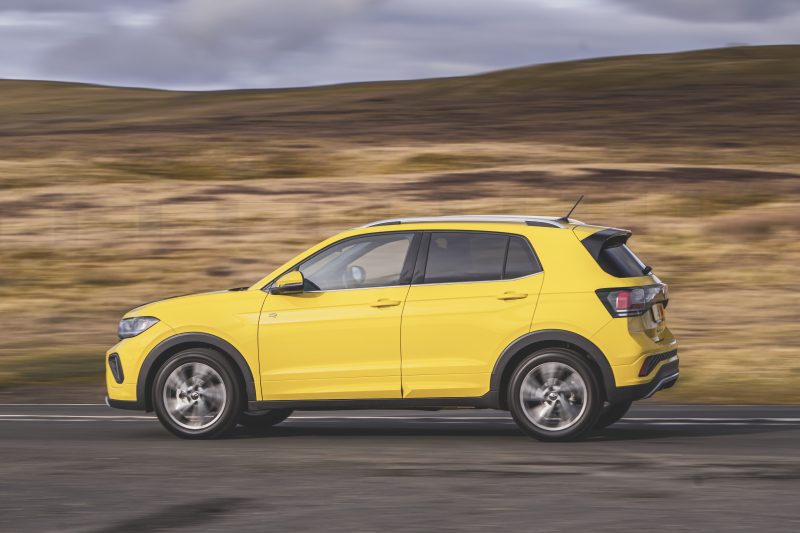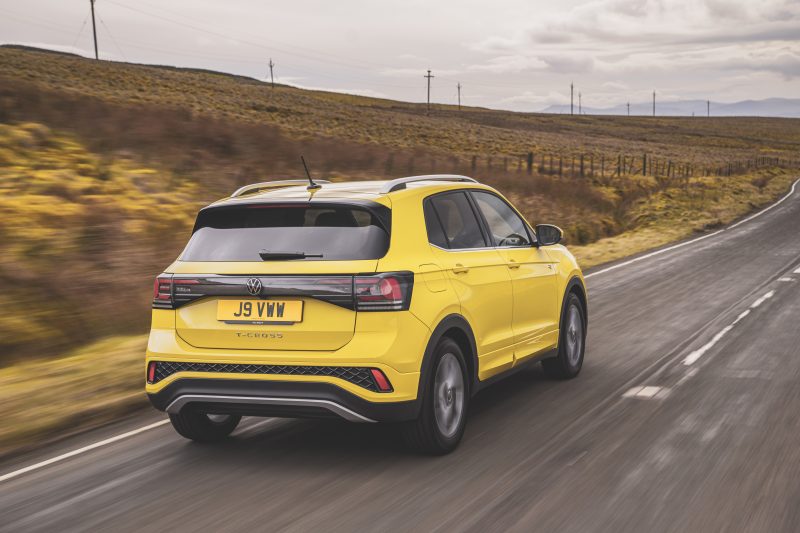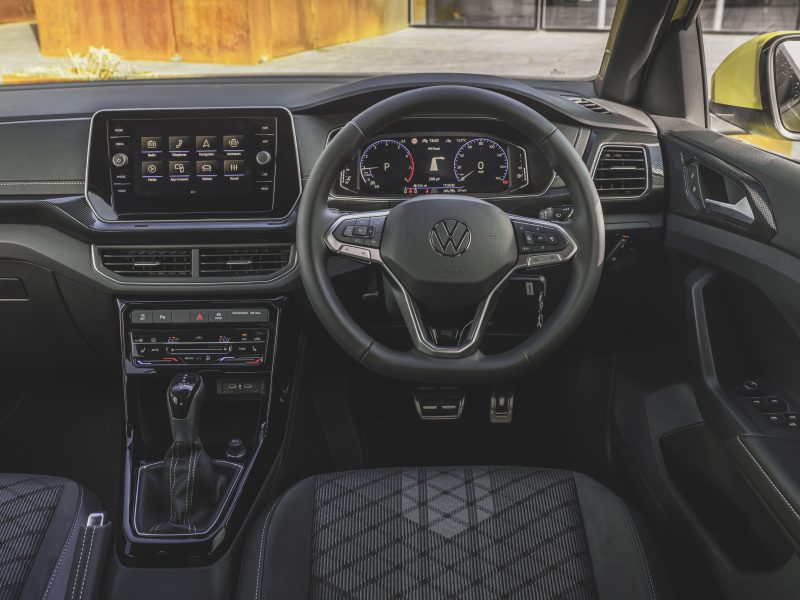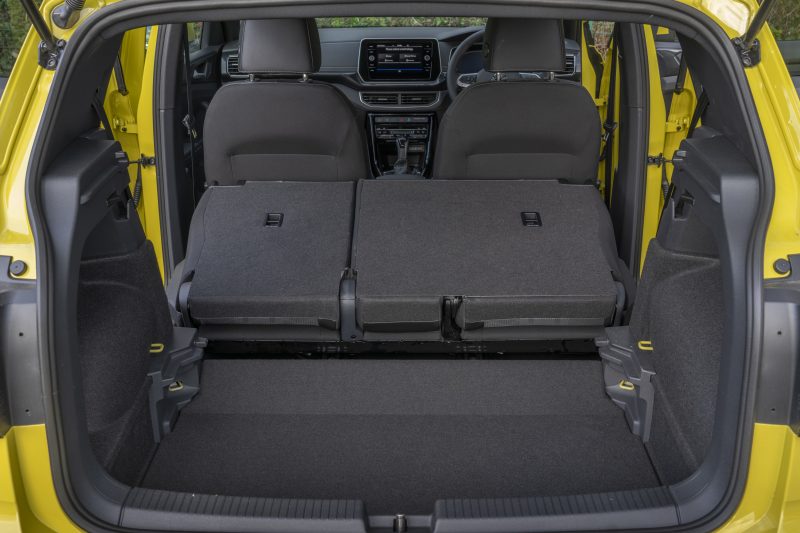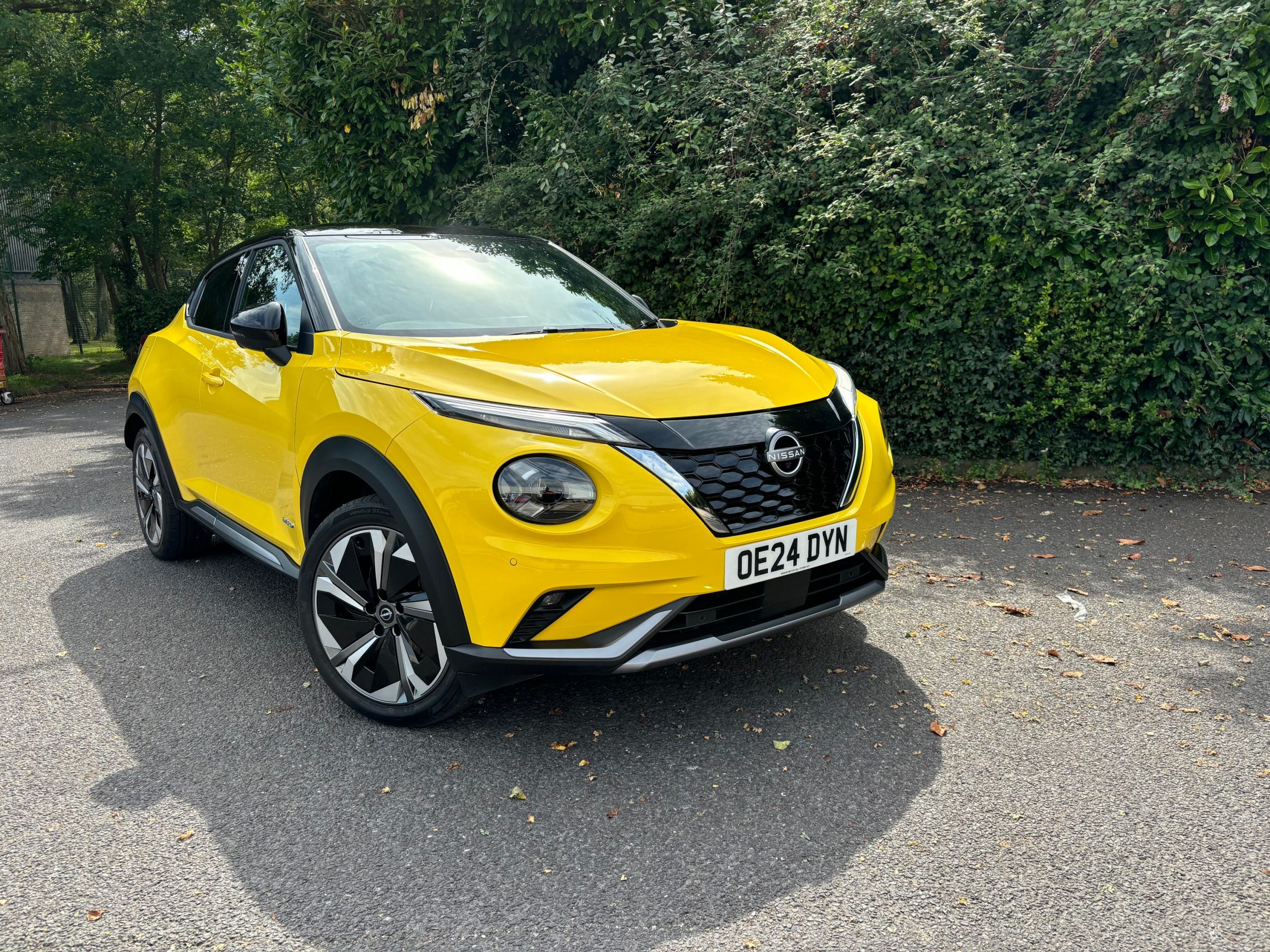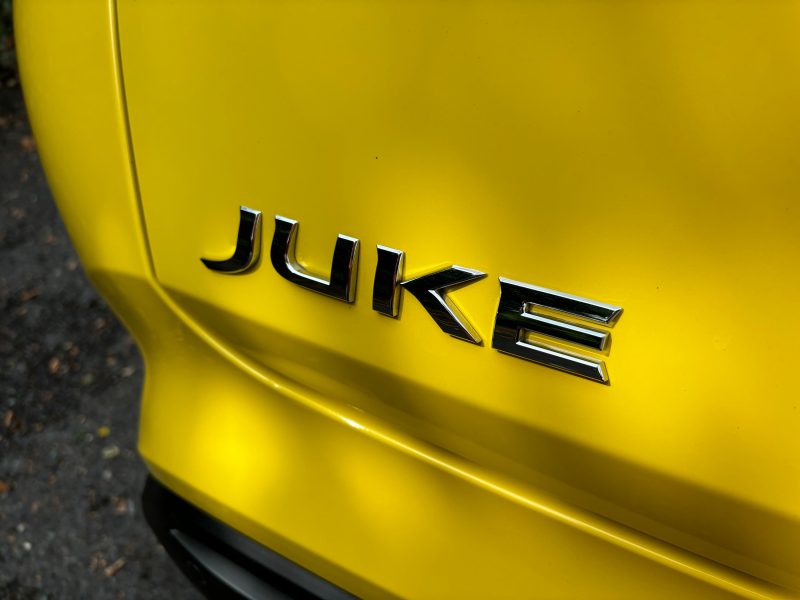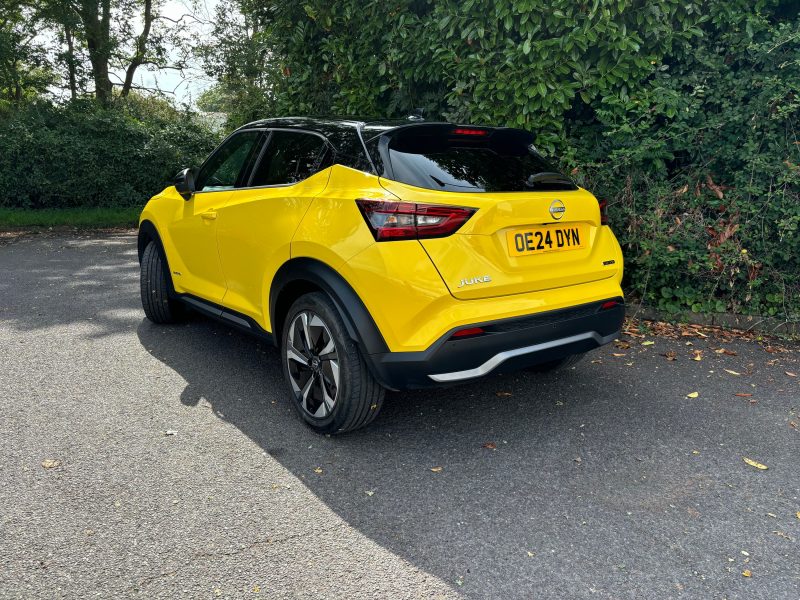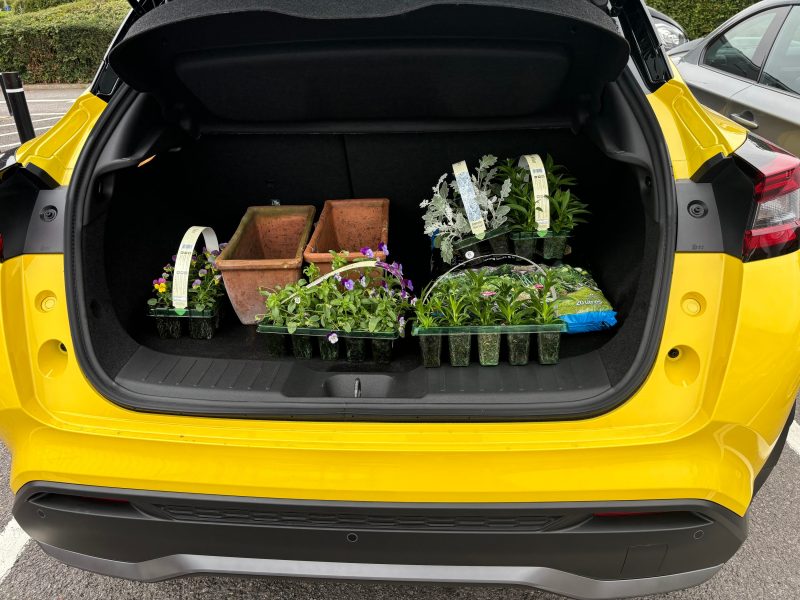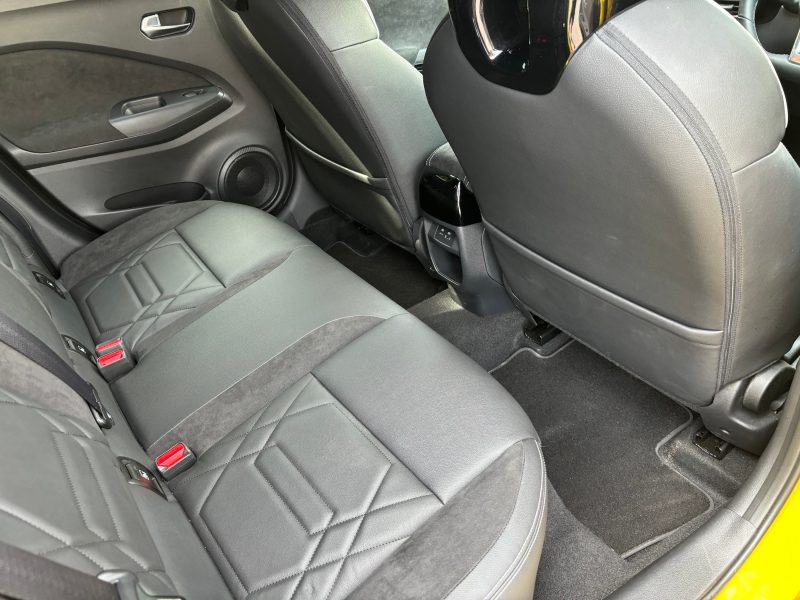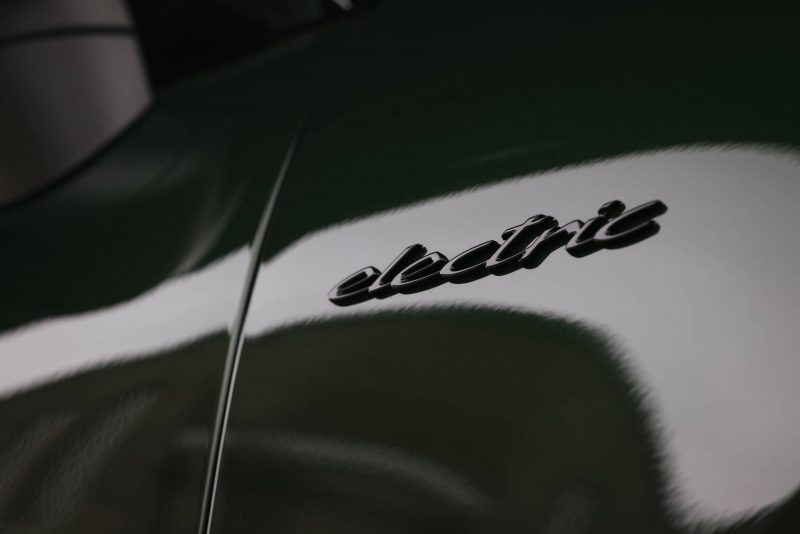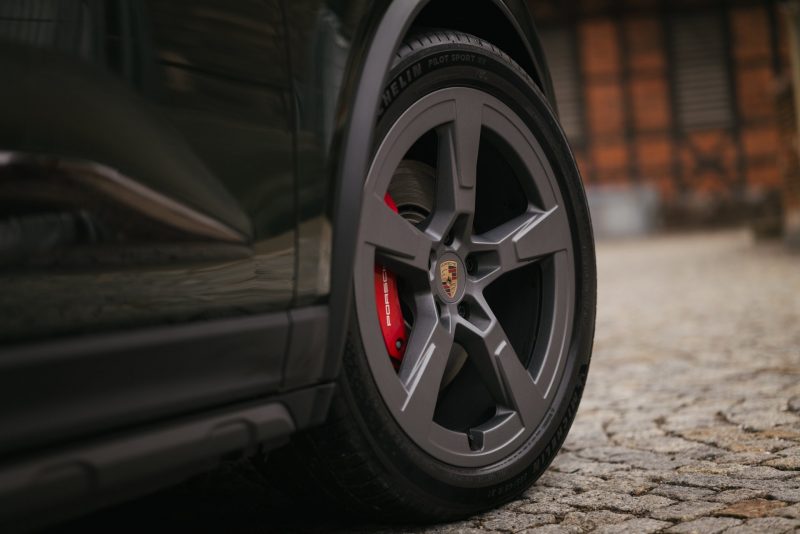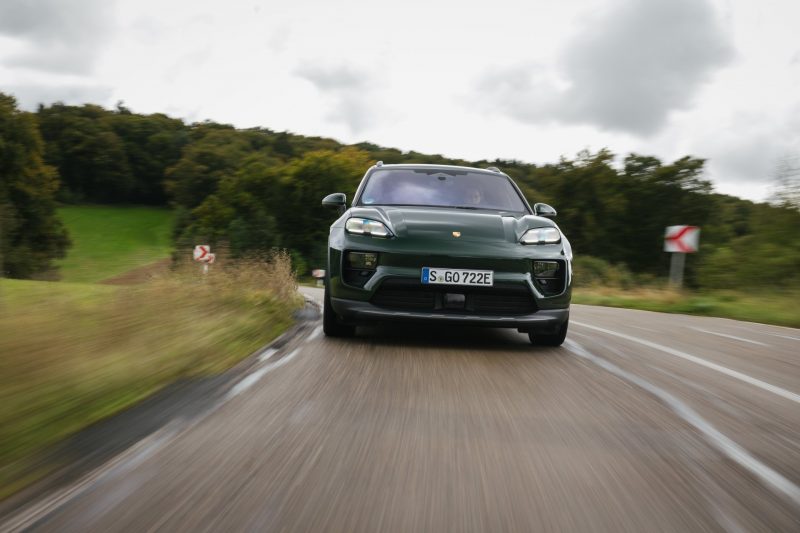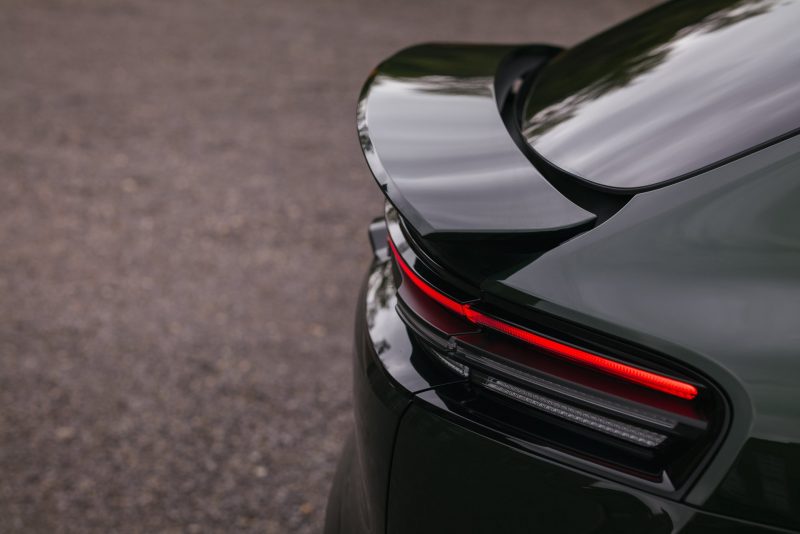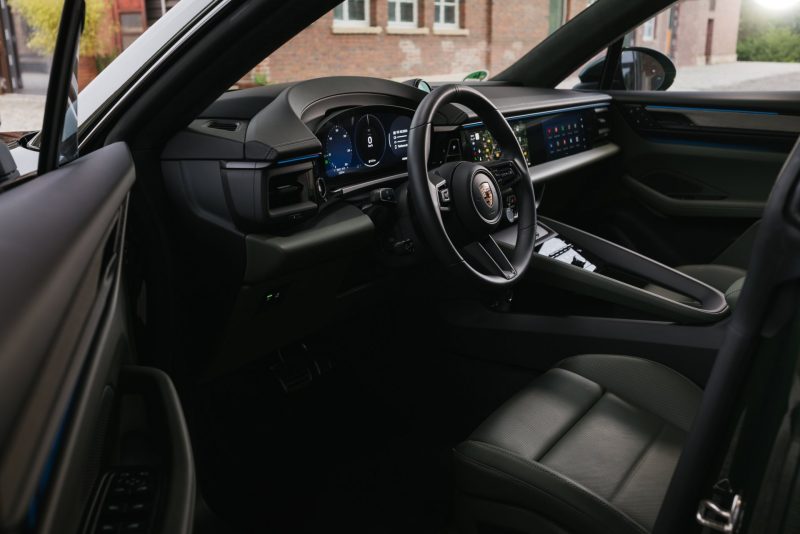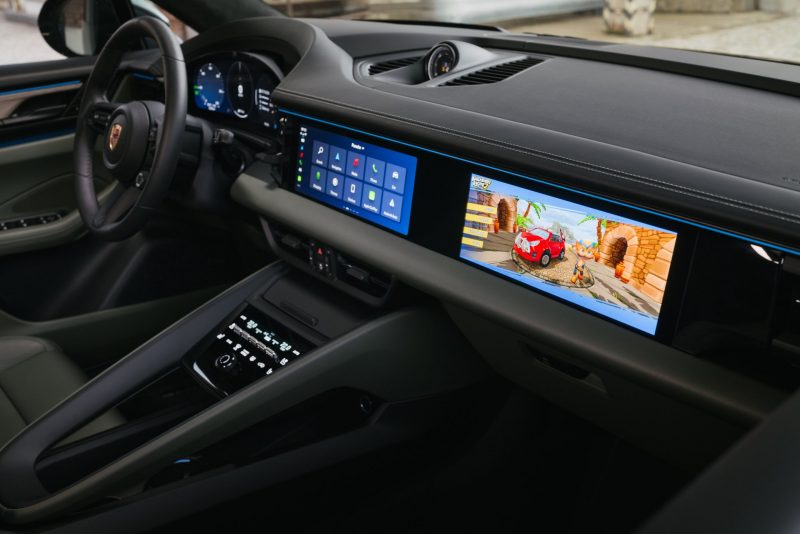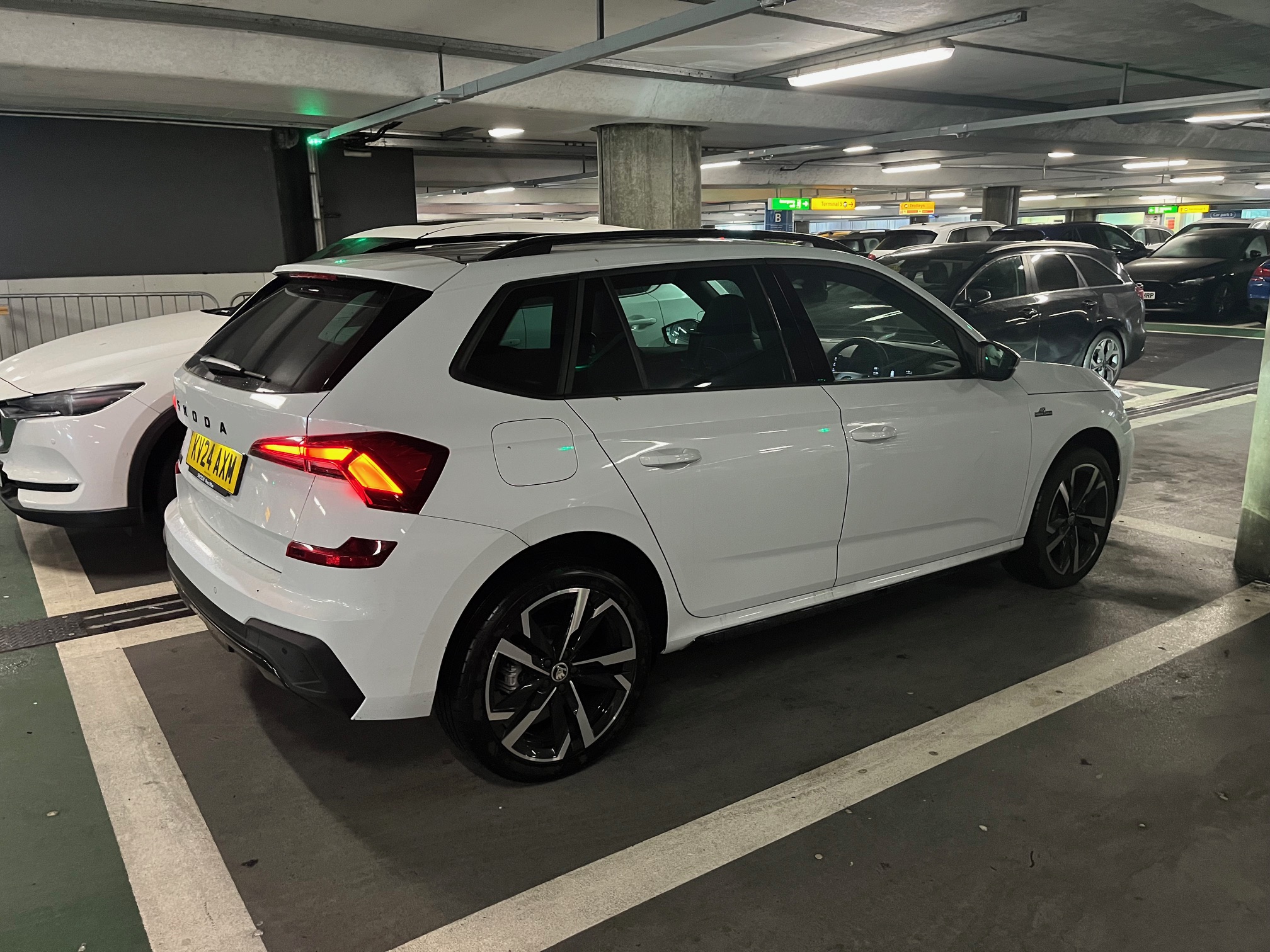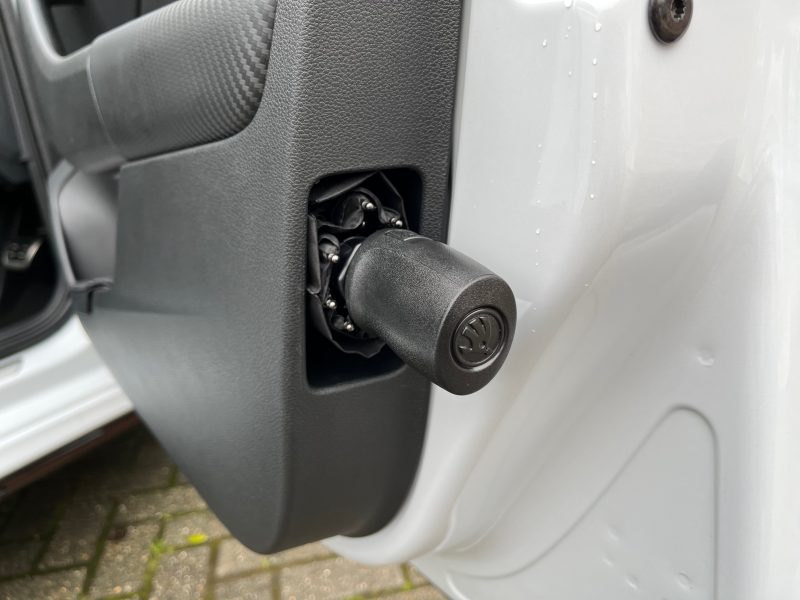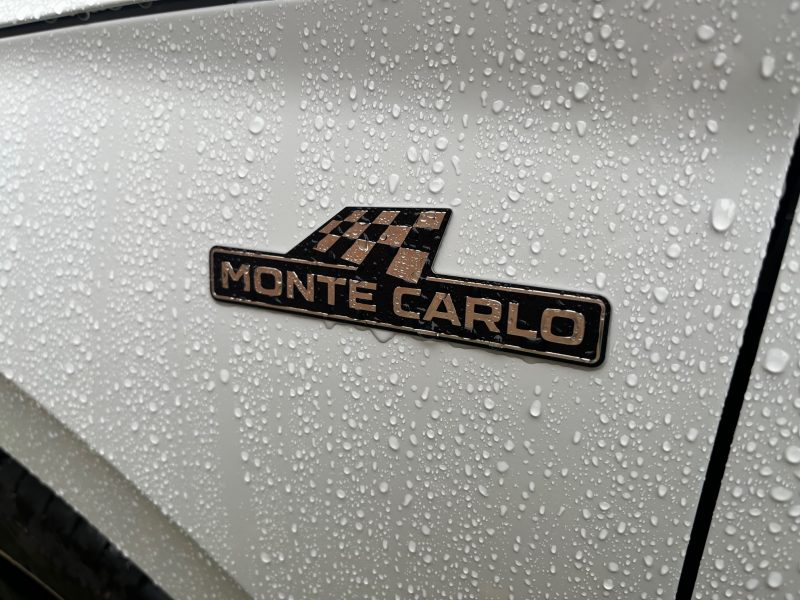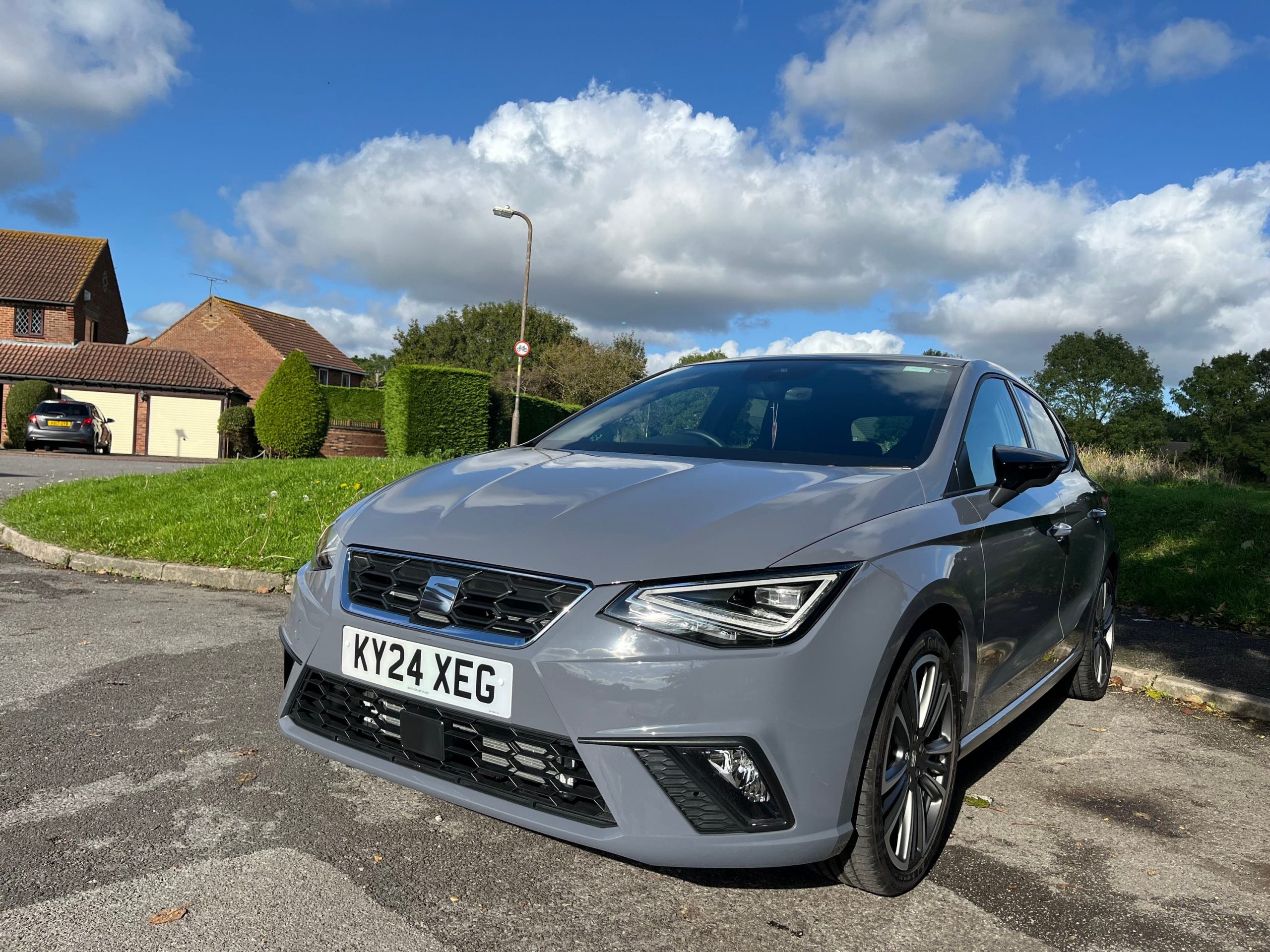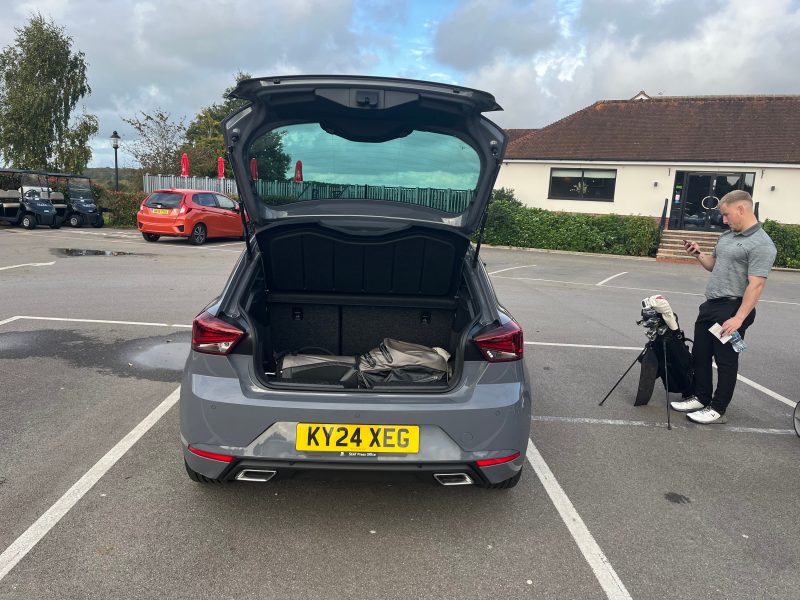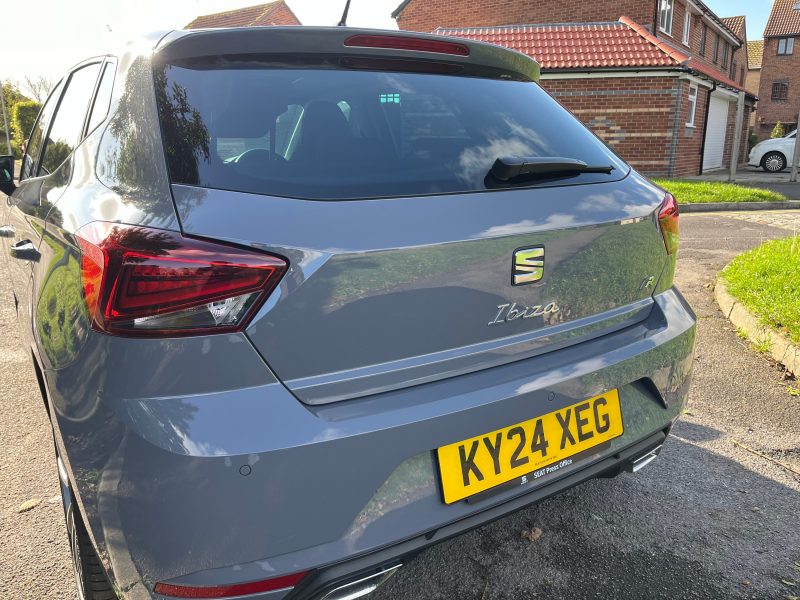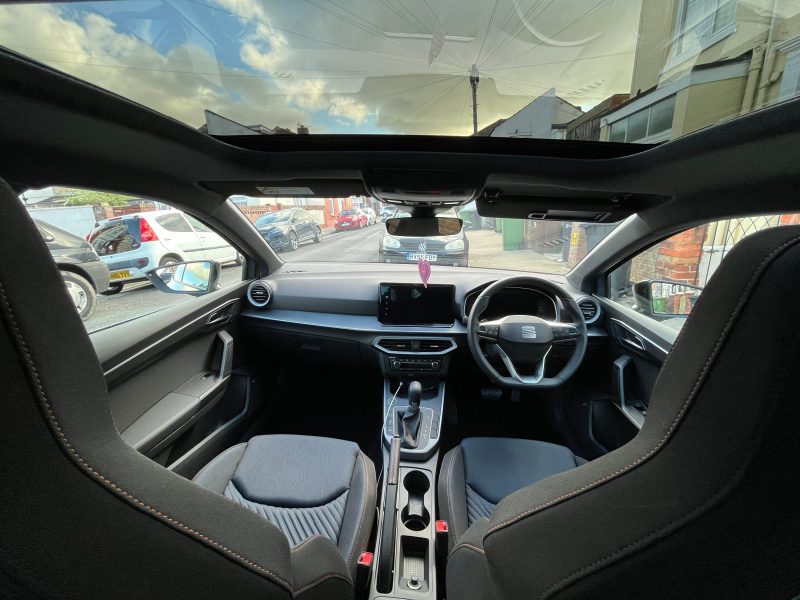In the world of electric vehicles, it’s very easy to get hung up about outright range. It’s no wonder why, really, given that the bulk of EV advertising is focused on how far cars can travel between trips to the plug – with even some hybrid marketing now showing a total range through a combination of petrol and electric power.
For me, I think the 200-mile-range-mark is the golden ticket. That gives you a decent radius around your home – if you’re lucky enough to have a charger at your house – and for most journeys, that’s more than enough.
Recently, I’ve been pushing this further and further with the iX2. I’m currently experiencing the post-summer range slow-down, which means that now I’m getting around 225 miles of range from a full charge, down from the heady heights of 270-odd miles when the temperatures were higher. It’s the natural way of things with EVs and, as mentioned earlier, it’s still within that 200-mile-range ‘happy’ limit.
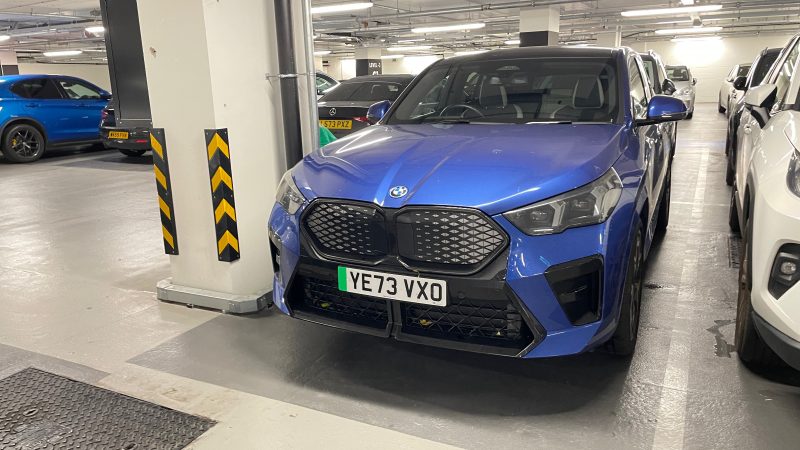
With a full charge in the iX2’s ‘tank’, it’s been absolutely fine for the odd waltz up to London and back (around 75 miles each way) without the merest flicker of worry about how far the car will travel on a complete charge. In fact, I’ve not had to interact with public charging at all.
This really is how the EV experience can change depending on your situation. With a full charge, I was able to easily venture up to Reading and back for a vehicle test at Porsche’s headquarters. On the way there I wondered whether the iX2 might need a mid-journey top-up but, sure enough, it had plenty of juice to get there and back. As with all electric vehicles, the iX2 doesn’t get its best efficiency when you’re on the motorway, which is a shame as when you’re at greater speeds is when this car feels particularly refined and comfortable.
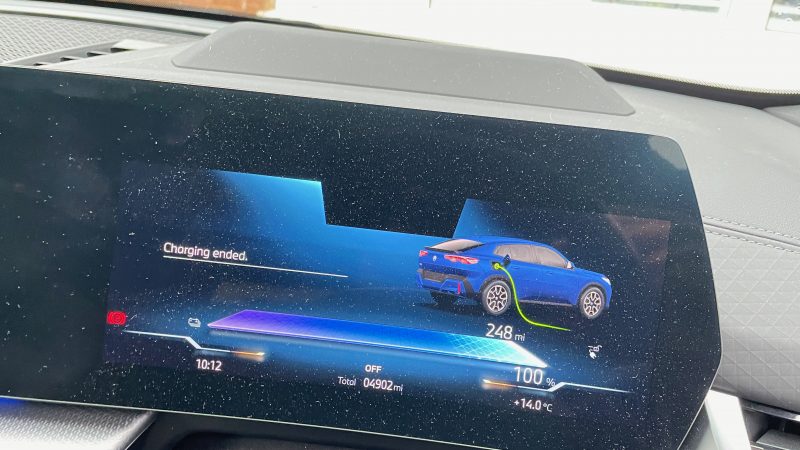
I’m still not on board with the lack of a rear wiper, mind you. As the weather has started to get wetter and grimier, that rear glass section has started getting pretty smeary and, without a wiper, there’s no way of cleaning it when you’re on the move. On occasions, you might as well have been driving a compact panel van given the lack of rearward visibility. As I’ve mentioned in previous reports, I’d be much happier with the more conventionally styled iX1 – and its ‘normal’ rear window – to help take away this issue.
But in all other areas, I do like the iX2’s design. Those larger-than-life illuminated kidney grilles sure did get people chatting when they were first released, but I’m quite a fan. Unlock the car on a dark, gloomy night and they flash into Tron-esque life, providing a great amount of illumination which actually works to make your walk to the iX2 a little safer. See? There’s a practical aspect to this design.
There are a good number of practical aspects inside, too. The wireless charging pad – which works well to ‘hold’ your phone in place – does put a decent slug of power into your smartphone, though I’ve found that it struggles in the battle against battery drain when your phone is running maps. After a long trip using Google Maps and relying on the wireless charging pad, I’ll usually find that my phone is quite depleted, which is why I more often than not use a charging cable instead.
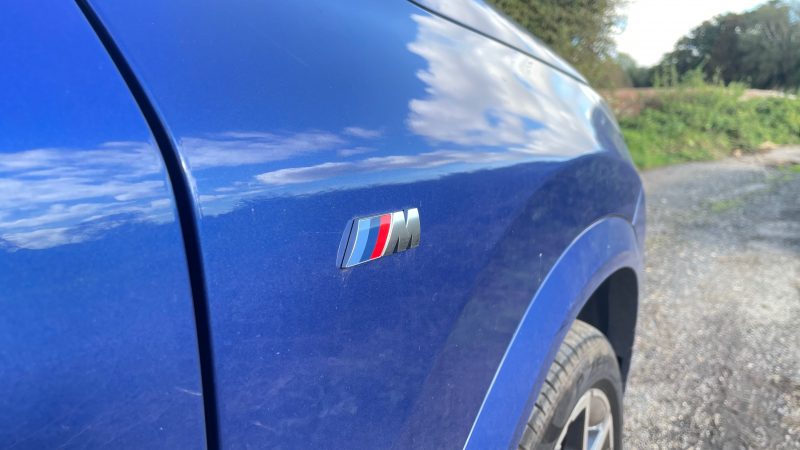
But the Apple CarPlay integration is one of the most reliable that I’ve encountered. It – so far, at least – hasn’t failed on a single occasion, connecting wireless each time I get into the car. It’s also smooth and doesn’t grumble when you’re switching between CarPlay and the car’s ‘native’ system, which is something that happens on a lot of rival setups.
I’ve also been delving further into the BMW app that links your smartphone to the car. It’s got loads of connected features – including the ability to remotely lock and unlock the car, which I’ve found very handy – and a new one that I’ve been trying out shows your routine trips and the kind of efficiency that the car is returning. It’s quite interesting to see where you’ve been and how much energy you’ve been using.

I find more than anything that I’ve completely adapted to the electric way of life. I plug the iX2 in once a week, leave the Ohme app – which accompanies the charger – to deal with smart charging which ensures that prices don’t exceed 7p/kWh and leave it at that. The iX2’s range is more than enough for shuttling about each week and for those longer trips there’s usually plenty of range left over.
I’m sure that the iX2’s range will drop a little as the weather turns more wintery, but as long as it stays near that 200-mile threshold, I’m not feeling worried in the slightest.
Facts at a glance
Model as tested: BMW iX2 xDrive30
Price: £66,569
Engine: Electric motor
Power: 301bhp
Torque: 494Nm
Max speed: 112mph
0-60mph: 5.4 seconds
MPG: NA
Emissions: 0g/km
Range; 259-266 miles (claimed)
Maximum charge speed: 130kW
Mileage: 5,047

